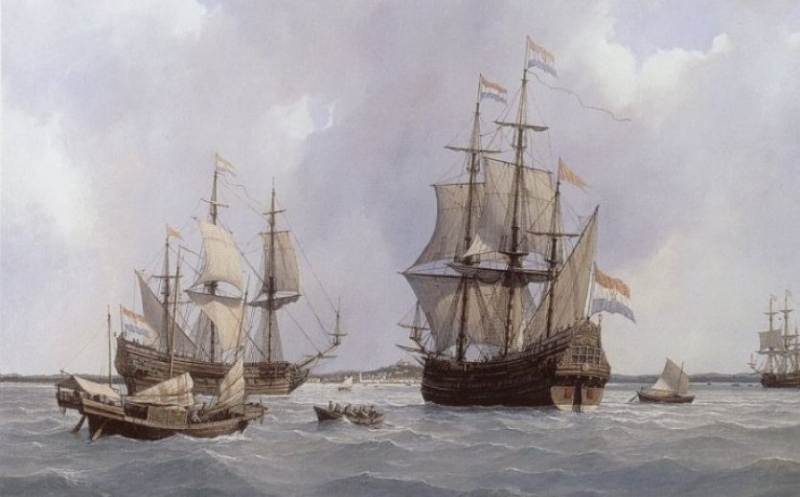Spanish Armada
An enormous 130-ship naval fleet sent by Spain in 1588 as part of the planned invasion of England was named the Spanish Armada. After years of hostilities between Spain and England, King of Spain II. Philip assembled the flotilla in hopes of deposing the Protestant Queen Elizabeth I and restoring the Roman Catholic faith in England.
Spain's "Invincible Armada" set sail that May but was defeated by the British. At least one-third of the ships sank and the remaining ships were damaged by storms on their way back to Spain. The defeat of the Spanish Armada caused national pride to rise in England and went down in history as one of the most important episodes of the Anglo-Spanish War.
What is the Spanish Armada?
The Spanish Armada consisted of a naval force of about 130 ships, about 8,000 sailors, and an estimated 18,000 soldiers using thousands of weapons. About 40 of the ships were warships.
The Spanish plan was for these “Great and Most Fortunate Navy” to sail from Lisbon to Flanders, Portugal. Here he would call for a meeting with 30,000 crack troops led by the Spanish Dutch governor, the Duke of Parma. The fleet would then protect the army as it ferried across the English Channel to the Kent coast to launch a ground campaign against London. Nobody thought that this navy would leave a sunken ship.
The English fleet and the Spanish Armada first met off Plymouth on July 31, 1588. The British fleet, relying on the skills of its artillery, kept its distance and tried to bomb the Spanish fleet with heavy naval artillery. While this bombing managed to damage some of the Spanish ships, they could not enter the Armada's half-month defense system. Over the next few days, the British continued to harass the Spanish Armada as they rushed into the English Channel. Another factor that was effective in removing shipwrecks from this navy was adverse weather conditions.
The Loss of the Spanish Armada
When the navy arrived in Spain in the autumn of 1588, it left around 60 of its 130 ships as shipwrecks. Besides, 15,000 Spanish ship crews were lost. The vast majority of the Spanish Armada losses were due to illness and bad weather. This defeat was a victorious military victory for England. British naval forces were considered one of the most formidable naval powers in Europe. The conflict also demonstrated the superiority of heavy artillery in naval battles. Thus, he marked the beginning of a new era in naval warfare.

